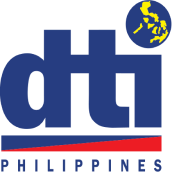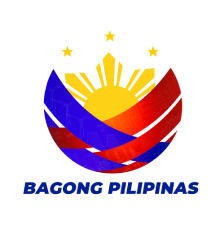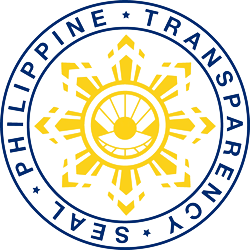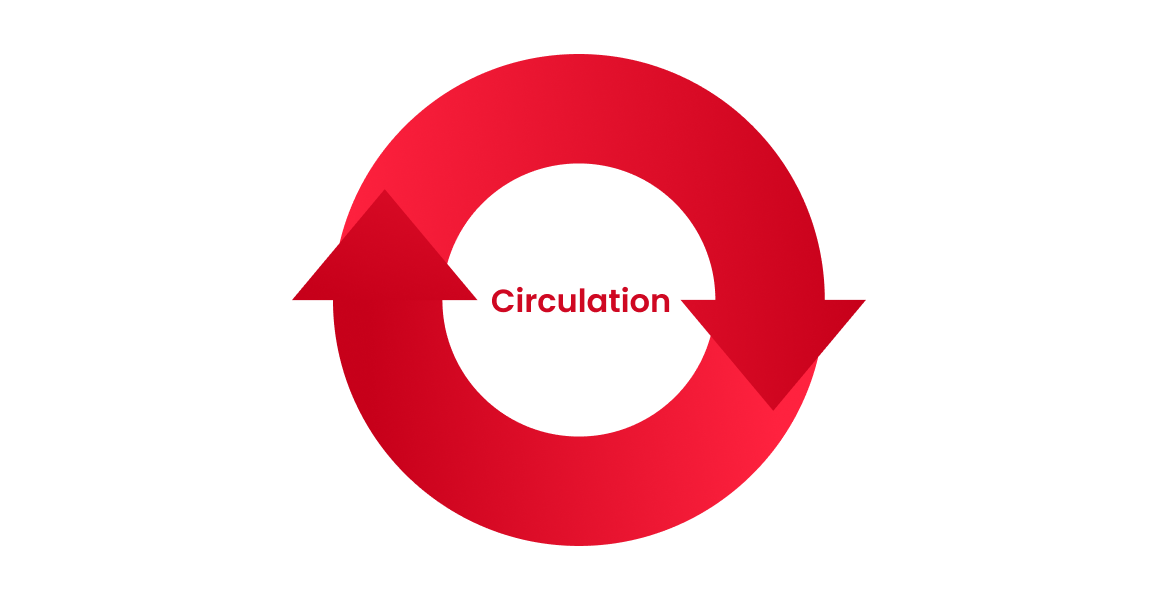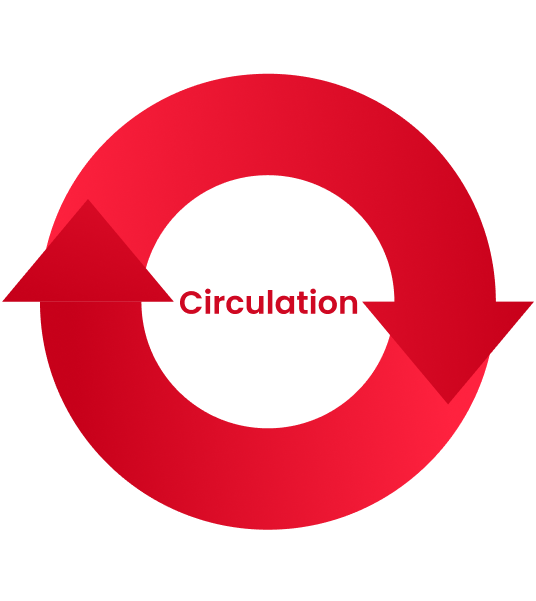Overview of AKFTA Case Model
Here are four points outlining the significance of the AKFTA from the perspective of the Philippines:
- Market Access and Trade Expansion
- The FTA enhances market access for Philippine goods and services to South Korea and ASEAN member countries. This reduces trade barriers such as tariffs, thereby increasing export opportunities for Philippine industries like electronics, agricultural products, and services.
- Investment Opportunities
- The FTA encourages bilateral investments between the Philippines and South Korea, as well as within ASEAN countries. This facilitates technology transfer, joint ventures, and infrastructure development, which are crucial for economic growth and industrial modernization in the Philippines.
- Enhanced Economic Integration
- By promoting closer economic ties, the FTA fosters regional economic integration. This can lead to the creation of regional value chains and supply networks, benefiting Philippine businesses through increased efficiency, cost-effectiveness, and competitiveness in both regional and global markets.
- Development of Human Capital
- The FTA supports initiatives for skills development, capacity building, and knowledge exchange among member countries. For the Philippines, this means opportunities for education and training in sectors that align with the evolving demands of the South Korean and ASEAN markets, thereby enhancing the country's human capital and labor force competitiveness.
These points highlight how the AKFTA can positively impact the Philippines by boosting trade, investment, economic integration, and human capital development.
A model for increased ease of direct consignment criterion utilizing
Back-to-Back Certificate of Origin
Direct Consignment
Rule 9 in Annex 3 of the ASEAN-Korea FTA specifies the criterion of direct consignment as follows.
-
01

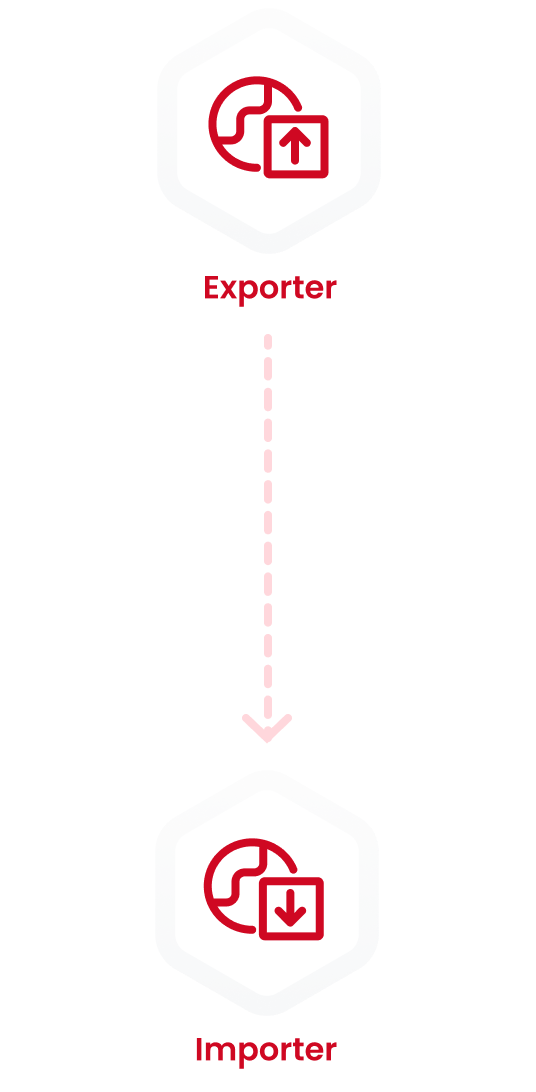
Preferential tariff treatment shall be applied to a good satisfying the requirements of this Annex and which is transported directly between the territories of the exporting Party and the importing Party.
-
02
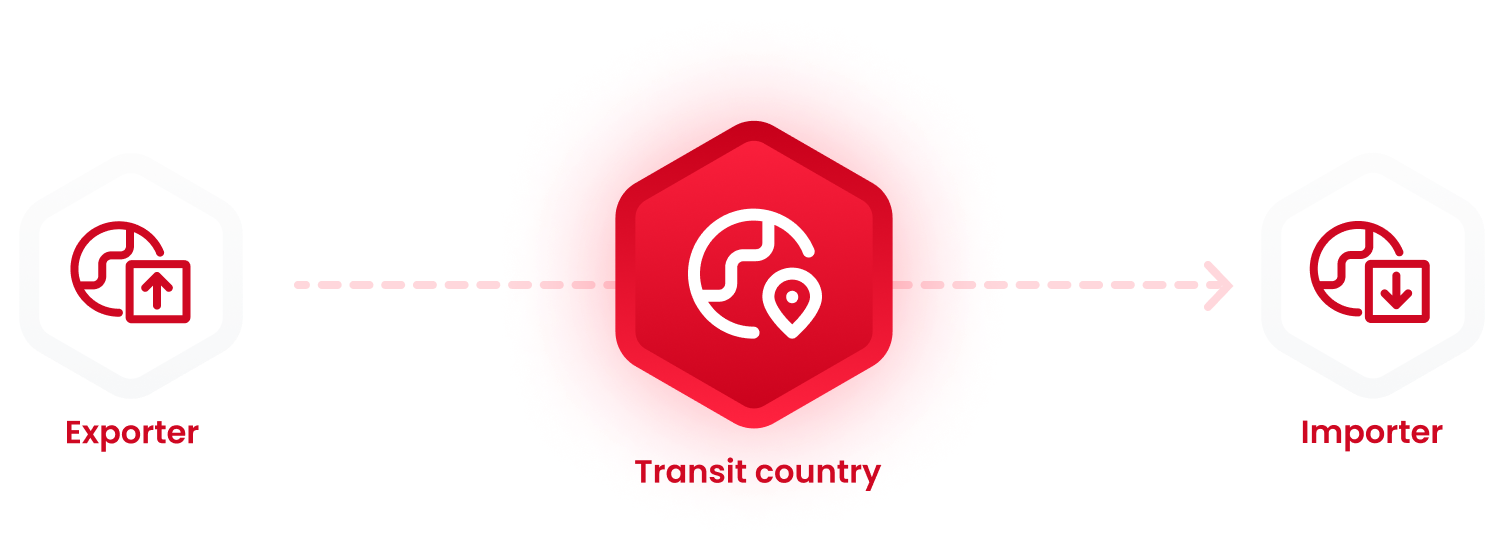

Not withstanding paragraph 1, a good of which transport involves transit through one or more intermediate third countries, other than the territories of the exporting Party and the importing Party, shall be considered to be consigned directly, provided that:
-
A
the transit is justified for geographical reason or by consideration related exclusively to transport requirement;
-
B
the good has not entered into trade or consumption there; and
-
C
the good has not undergone any operation other than unloading and reloading or any operation required to keep it in good condition.
Back-to-Back Certificate of Origin
Back-to-Back Certificates of Origin are stipulated to relax the principle of direct consignment. Rule 7 in Annex 3 of the ASEAN-Korea FTA specifies conditions of when Back-to-Back CO could be issued as follows.
-
01
A Certificate of Origin shall be issued at the time of exportation or soon thereafter whenever the good to be exported can be considered to be originating in the territory of the exporting Party within the meaning of Annex 3.
-
02
The issuing authority of the intermediate Party may issue a back-to-back Certificate of Origin, if an application is made by the exporter while the good is passing through its territory, provided that:
-
A
a valid original Certificate of Origin is presented;
-
B
the importer of the intermediate Party and the exporter who applies for the back-to-back Certificate of Origin in the intermediate Party are the same; and
-
C
verification procedures as set out in Rule 14 is applied.
The reason for stipulating "Back to Back" Certificates of Origin (CO) in the Korea-ASEAN FTA primarily revolves around facilitating the movement of goods through intermediary countries or stages of production within the supply chain. Here are the key reasons explained:
Case Model utilizing Back-to-Back CO
Case 1
In the absence of Back to Back Certificates of Origin issuance

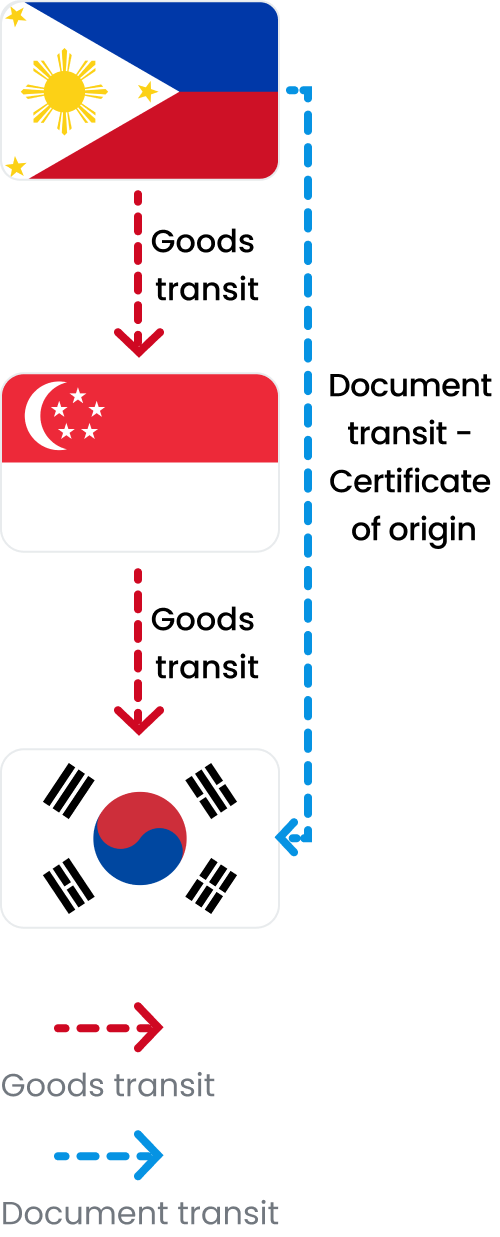
- Certificate of Origin application in Korea
-
Non applicable (Direct Consignment criterion does not met)
MFN rate has to be applied when importing
Case 2
In the utilizing of Back to Back Certificates of Origin issuance


- Certificate of Origin application in Korea
-
Applicable (Direct Consignment criterion met the requirement)
FTA rate can be applied when importing

